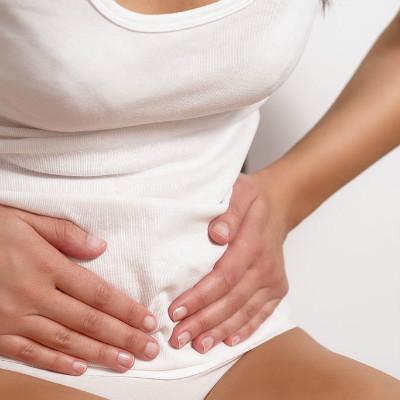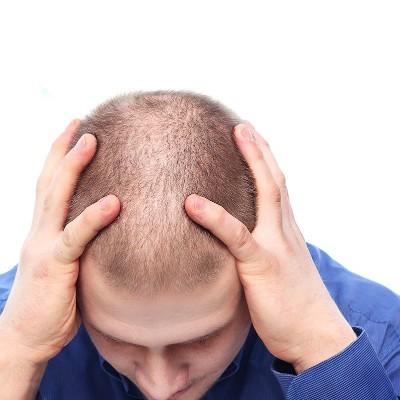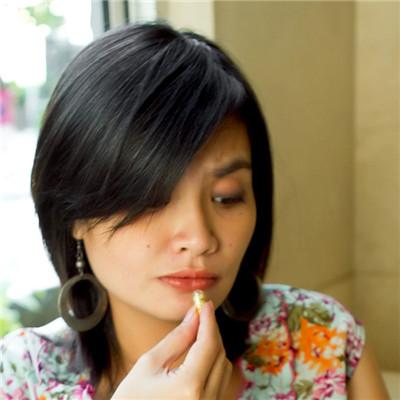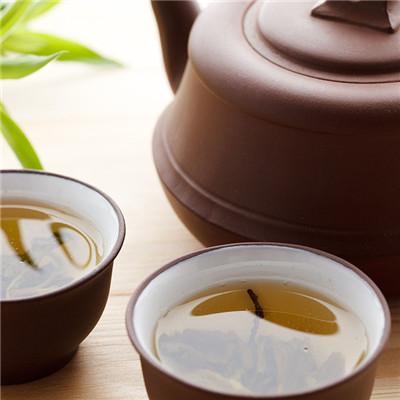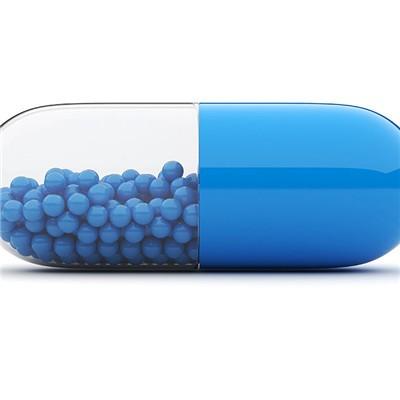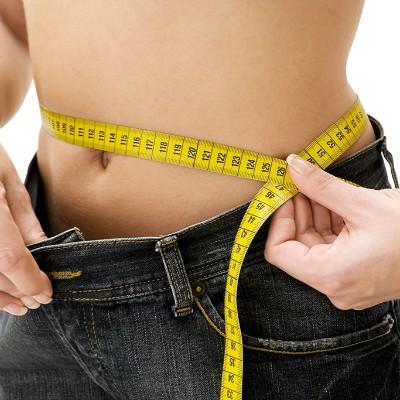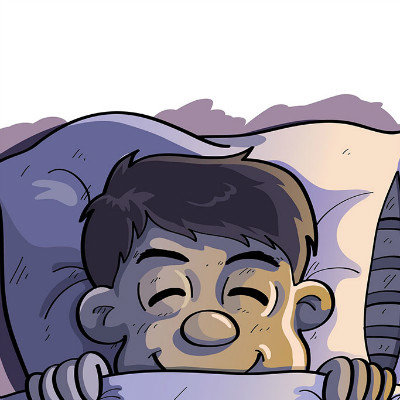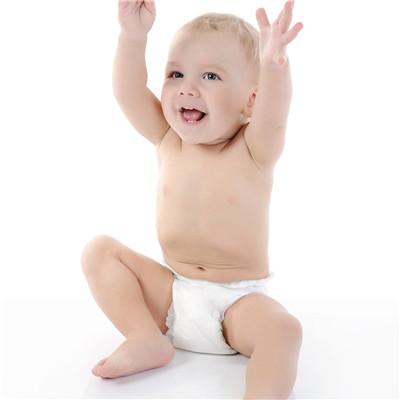Symptoms of knee osteoarthritis
summary
During this period of time, I have leg pain. Sometimes it's serious when I walk too much. I went to the hospital for examination and found that it's knee osteoarthritis. The doctor advised me to have more rest and cooperate with the treatment. Let me introduce the symptoms of knee osteoarthritis.
Symptoms of knee osteoarthritis
The first symptom is the pain under the patella. The early symptom is the feeling of friction and pain under the patella caused by active extension and flexion of the knee joint. When walking up and down stairs or standing up in a sitting position, quadriceps femoris contraction can cause pain and fricative sound under patella, but there is no symptom when passively moving knee joint. Sometimes there is interlocking phenomenon, or tenderness under patella.
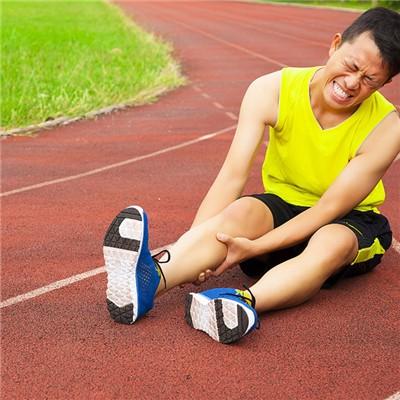
Symptoms 2, knee osteoarthritis will have joint swelling repeatedly, joint effusion caused by mild trauma, tenderness around the knee joint, muscle spasm. After 1-2 months rest, the symptoms can disappear naturally, and there can be no symptoms for a long time, but it can recur due to minor trauma. Due to quadriceps femoris weakness, knee joint may appear "leg soft" phenomenon.
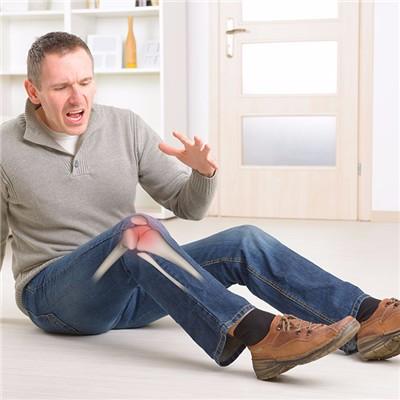
Symptoms three, knee osteoarthritis will also appear joint deformity, with the development of the disease, knee varus or valgus deformity, joint edge increases. The range of motion gradually decreased. Joint pain gradually worsened, from pain during activity to pain during walking and standing, and then to persistent pain. Some patients can't straighten the knee joint completely. In severe cases, the knee joint presents flexion contracture deformity.

matters needing attention
Patients with knee osteoarthritis are best to avoid repetitive minor injuries: repetitive minor injuries can cause cartilage damage. Repetitive minor injuries include those work-related activities, such as repeated or continuous kneeling, squatting or other positions that increase the force on the knee joint. Do not or as little as possible climb mountains, climb stairs or do less squat and stand up and other activities, these movements can increase joint torque or make joint surface overload. Wear shoes with thick and elastic soles and good shock absorption function, or put wedge-shaped insoles in the shoes. It can redistribute the pressure on articular cartilage caused by body weight and reduce joint stress.





